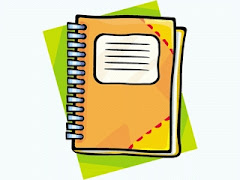1. Constellation pictures are pretty easy for kids to make.
- First kids can research some constellations.(example: The Big Dipper)
- Then the kids can draw their pictures on blue or black construction paper with white (or yellow) chalk or white (or yellow) crayons.
- Add star stickers.
- Label the constellation(s) (optional).
2. Children can also use
glitter paint pens or
glow in the dark paint to make the lines or the stars on their pictures.
3. Children can also make some constellations pictures with the
Microsoft Paint Program (a simple graphic painting program ) if your computer(s) has
Microsoft Windows. (Look in programs on your computer.)
4.Children can save the pictures on the computer, print them out, or email their pictures to family and friends! I'd love to add some more kids' pictures to this post! Send in your kids' pictures. I'll add them to this post!
Here are a few examples made on the computer with Microsoft Paint.
4. The kids can also get creative and make up their own constellations and give them some cool names. Then they can make up stories to tell about their new creations!
 |
| clipart by www.graphicsfactory.com |

















